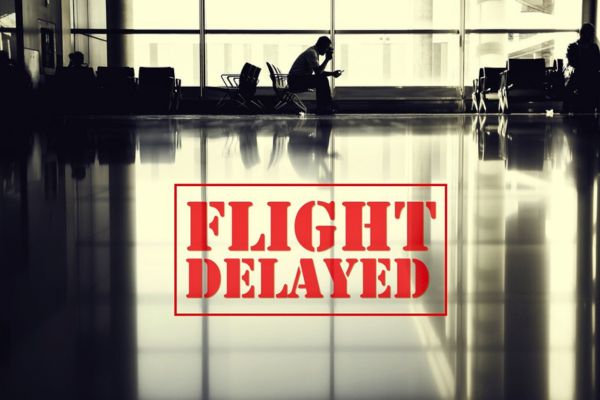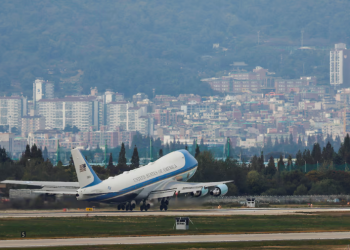Startlingly, weather is responsible for a staggering 70 percent of all airport delays, according to statistics from the Federal Aviation Authority (FAA). While human error does account for most aviation incidents, the National Transportation Safety Board (NTSB) revealed that weather often plays a significant contributing role, factoring into 23 percent of all incidents.
In the complex world of aviation, weather wields significant influence, affecting both ground and airborne operations at airports. Low visibility and high winds are two major culprits that challenge pilots and ground control. While low clouds, fog, and rain hinder visibility, strong winds dictate which runways are suitable for takeoffs and landings. Thunderstorms, with their unpredictable lightning, induce turbulence, making flying a daunting task.
For pilots, weather forecasts hold paramount importance, influencing critical flight plans. Adverse weather conditions, such as low clouds, fog, and rain, can severely impede airport visibility. Thunderstorms and lightning present even greater challenges, often disrupting flight schedules entirely. During severe thunderstorms, flights cannot take off or land, and those en route to the affected area must either divert around active cells or reroute to alternative airports.
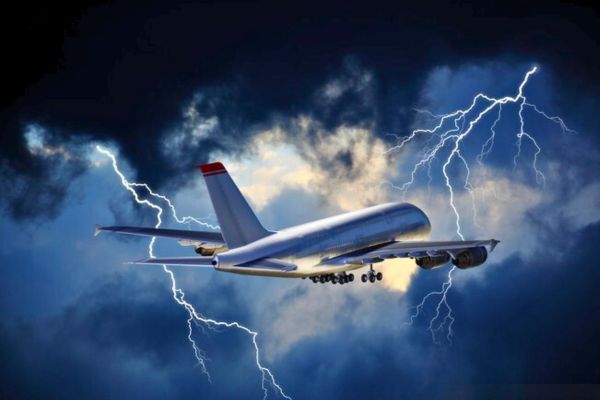
Among the various weather factors, wind speed and direction profoundly impact airport runway usage. Aircraft require takeoffs and landings into the wind, though landing with the wind is possible under certain conditions. To ensure safe operations, airport controllers continually monitor wind direction for any sudden changes. Crosswinds, blowing across runways, pose minimal issues until they exceed 15 knots, at which point planes may need to switch to alternative runways or face diversion to other airports.
Fog and low visibility pose another critical challenge for airport operations. While modern airliners and commercial airports possess equipment enabling takeoffs and landings in foggy conditions, taxiing on the ground becomes problematic. Pilots lose sight of their surroundings, and air traffic controllers can only guess the aircraft’s location, creating potential hazards.


Tragically, fog played a contributing role in the worst aviation accident in history. On March 27, 1977, a KLM Boeing 747 collided with a Pan Am Boeing 747 on the runway at Tenerife North–Ciudad de La Laguna Airport (TFN), claiming 583 lives.
When winter strikes, snow and ice become formidable adversaries. While aircraft are designed to withstand freezing weather, airports struggle to keep up. Heavy snow reduces visibility, making takeoffs and landings precarious. While larger airports boast snow-clearing equipment and anti-ice chemicals to keep runways clear, intense storms can overwhelm their efforts, leading to airport closures and countless flight cancellations.
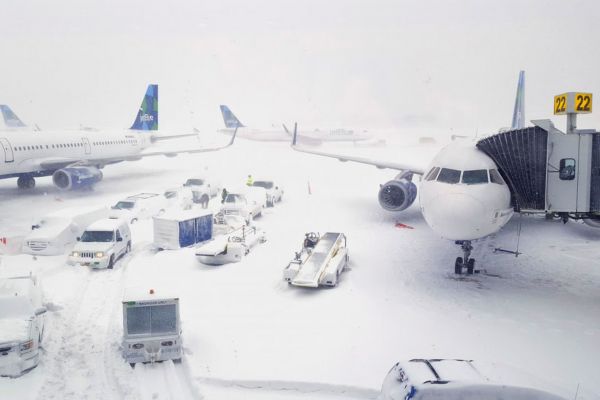
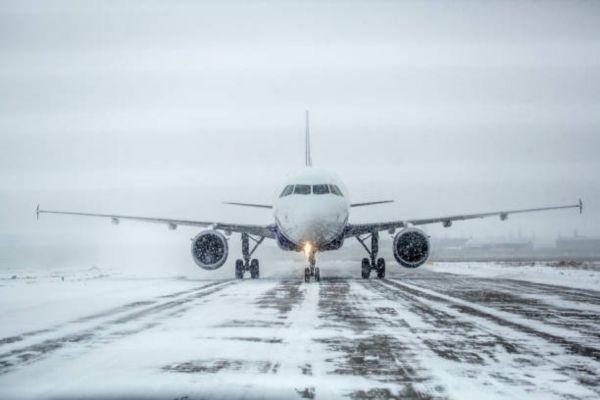
Thunderstorms bring all ground operations to a halt due to the perilous threat of lightning, which can be deadly to aircraft ground handlers. Besides lightning, thunderstorms unleash additional hazards such as poor visibility, heavy rainfall, hail, low-level windshear, turbulence, and even tornadoes.

In the ever-changing weather landscape, airports must be vigilant and prepared to handle the challenges posed by nature. By leveraging advanced technologies and stringent safety measures, aviation authorities strive to ensure the safety and efficiency of air travel in the face of unpredictable weather conditions.
Read more on The hidden secret of airport runways you didn’t know about




